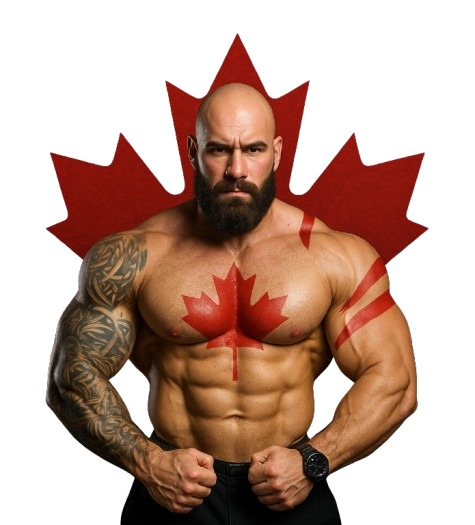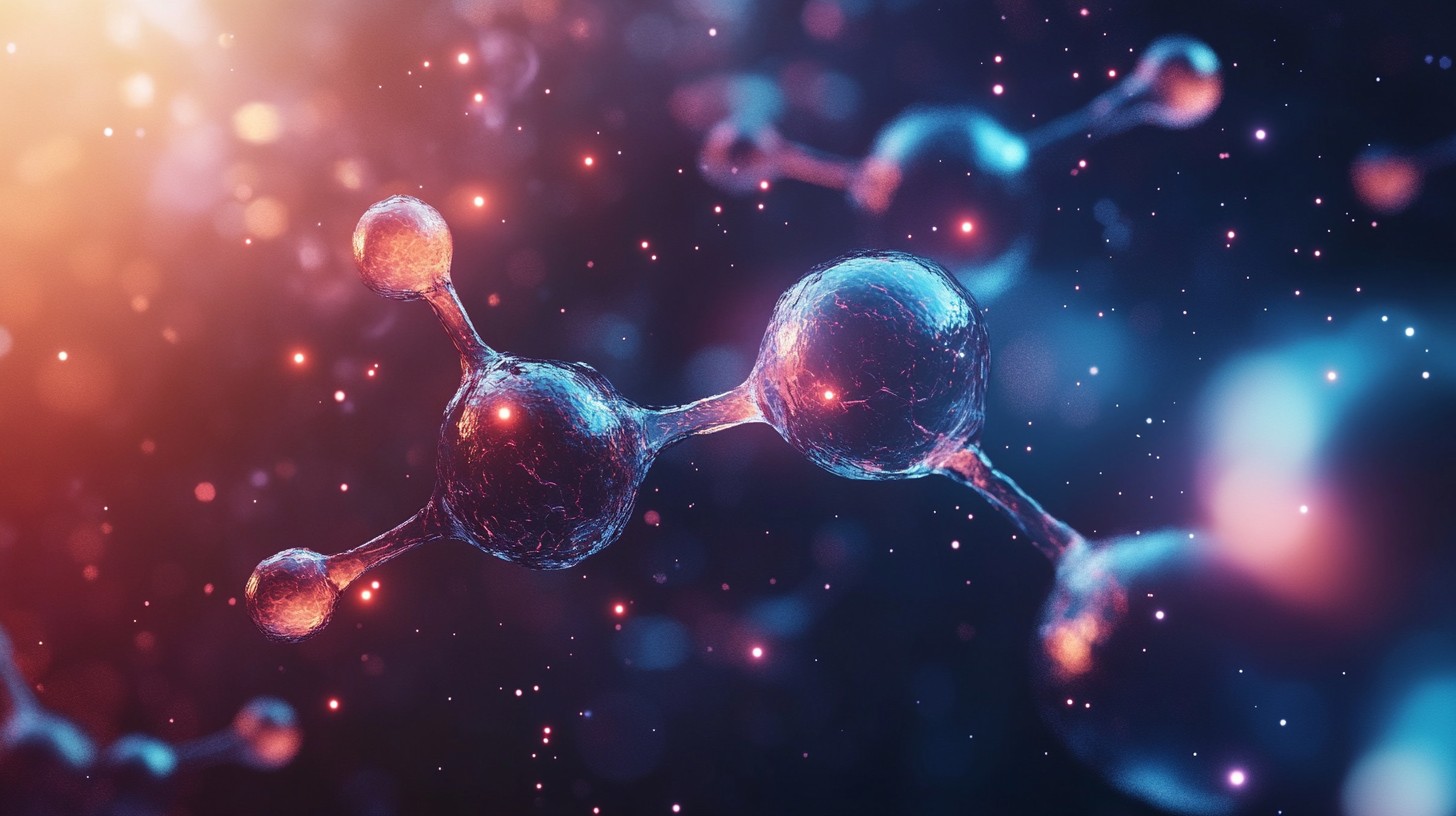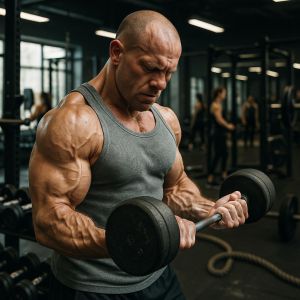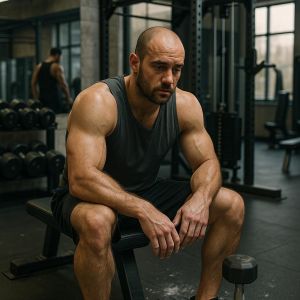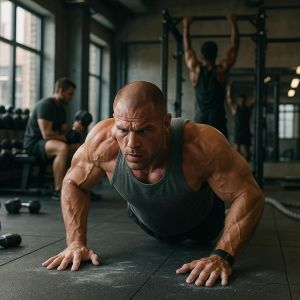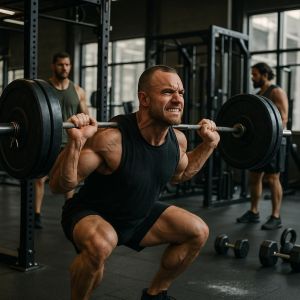Masteron Enanthate: The Science Behind Drostanolone Propionate and Enanthate
Drostanolone, sold under the brand name Masteron, is a synthetic androstane steroid with a complex history spanning medical therapy and performance enhancement. This deep dive explores two key forms drostanolone propionate and drostanolone enanthate to decode their mechanism of action, medical applications, and controversial use in sports. Whether you’re researching steroid pharmacology or evaluating risks, this article cuts through myths with evidence-based insights.
 What Is Masteron Enanthate? From Breast Cancer Drug to Bodybuilding Staple
What Is Masteron Enanthate? From Breast Cancer Drug to Bodybuilding Staple
Masteron Enanthate (chemically known as drostanolone) is a synthetic androgen derived from dihydrotestosterone (DHT). Initially developed as Drolban, it was prescribed for palliation of androgen-responsive recurrent breast cancer in women due to its anti-estrogenic properties. Unlike testosterone esters, drostanolone doesn’t convert to estrogen, making it valuable for blocking hormonal pathways in cancer cells.
Today, its non-medical uses dominate discussions. Bodybuilders and athletes abuse Masteron for its ability to enhance muscle hardness and reduce subcutaneous water retention. The drug’s activity of drostanolone hinges on its strong binding to androgen receptors, which suppresses prolactin and inhibits aromatase enzymes. This dual action makes it a unique anabolic steroid in both medical and athletic contexts.
Drostanolone Propionate vs. Enanthate: How Do the Esters Change Effects?
The difference between masteron propionate and enanthate lies in their ester attachments. The propionate ester has a short half-life (2-3 days), requiring frequent injections, while enanthate’s longer ester extends activity to 7-10 days. This impacts dosage strategies:
-
Propionate: 100-150mg injected every other day for steady blood levels.
-
Enanthate: 200-400mg weekly due to slower release.
Both forms are prodrugs of drostanolone, meaning the ester is cleaved in the body to release the active compound. However, the enanthate version’s stability makes it preferable for long-term therapeutic use, while bodybuilders often choose propionate for quicker results during competition prep.
How Does Masteron Enanthate Mechanism of Action Work?
As a derivative of DHT, Masteron binds aggressively to androgen receptors in muscle and fat tissue. Its mechanism of action involves three key processes:
-
Androgen Receptor Activation: Stronger binding affinity than testosterone, triggering protein synthesis for muscle growth.
-
Estrogen Suppression: Blocks aromatase, preventing testosterone’s conversion to estrogen, reducing fluid retention.
-
SHBG Reduction: Lowers sex hormone-binding globulin, increasing free testosterone availability.
This trifecta enhances lean mass retention during calorie deficits, making it popular in cutting cycles. However, its androgenic potency also drives side effects like male pattern baldness and acne.
Is Masteron Effective for Treating Breast Cancer in Women?
In the 1970s, Drolban (drostanolone propionate) was used for treatment of breast cancer in women with estrogen receptor-positive tumors. By acting as a synthetic androgen, it competed with estrogen and progestin at receptor sites, slowing tumor growth. However, high doses caused virilizationclitoral enlargement, deepening of the voiceand it was phased out in favor of safer anti-estrogens like tamoxifen.
Modern oncology rarely uses Masteron, but its legacy as a hormonal therapy persists in niche cases.
Why Do Bodybuilders Use Drostanolone Despite Legal Risks?
Bodybuilders prize Masteron for:
-
Muscle Hardening: Reduces water under the skin, enhancing vascularity.
-
Estrogen Control: Stacked with testosterone enanthate or cypionate to prevent gynecomastia.
-
Synergy: Boosts effects of other anabolic androgenic steroids like trenbolone.
Its status under the Controlled Substances Act hasn’t deterred misuse. Athletes accept risks like hair growth and male pattern baldness for its cosmetic benefits.
What Are the Androgenic Side Effects of Drostanolone?
The drug’s androgenic profile causes:
-
Virilization in women: Irreversible clitoral enlargement, voice changes.
-
Acne and oily skin from increased sebum production.
-
Male pattern baldness in genetically predisposed users.
These adverse effects stem from its DHT backbone, which amplifies androgenic activity in hair follicles and sebaceous glands.
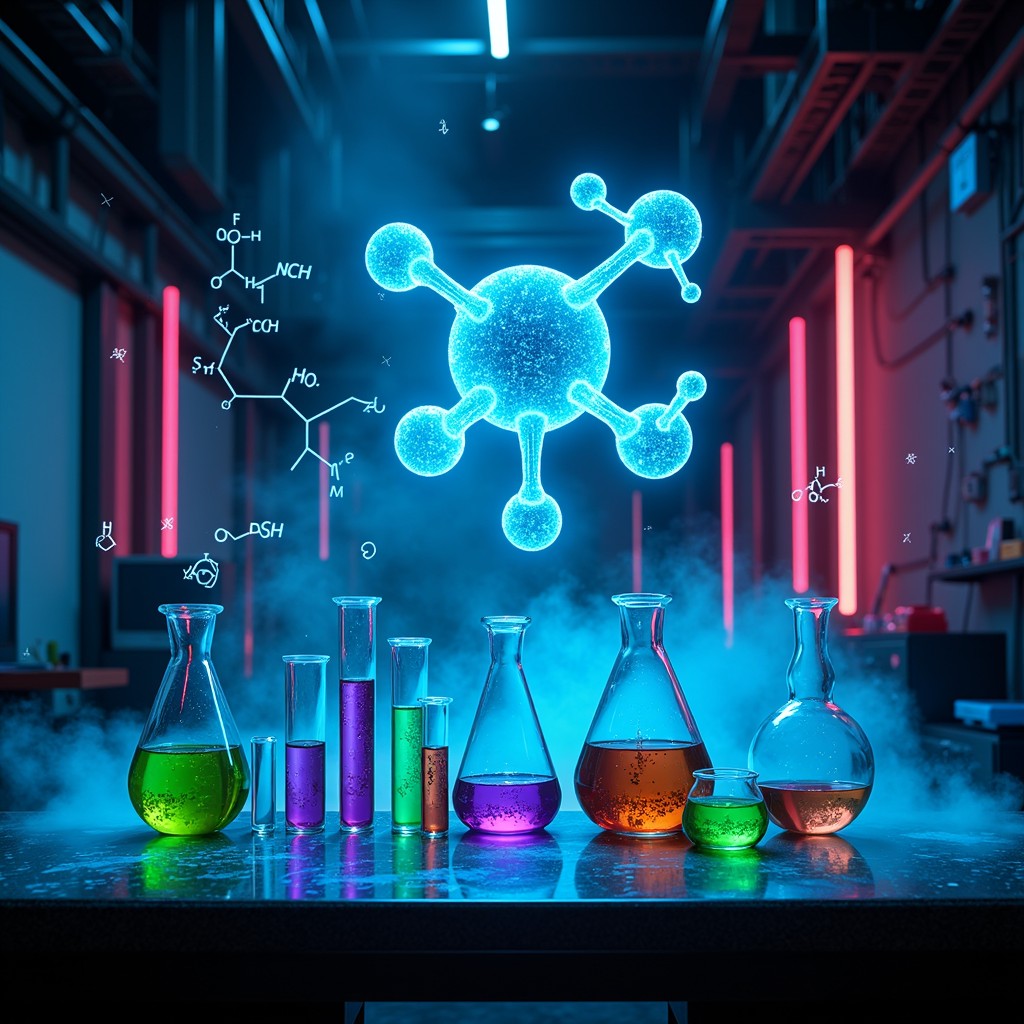 How Is Drostanolone Synthesized in Laboratories?
How Is Drostanolone Synthesized in Laboratories?
Synthesis begins with modifying testosterone into dihydrotestosterone, followed by adding a 2-methyl group to create drostanolone. The final step attaches either a propionate or enanthate ester via esterification. This process ensures the synthetic androstane steroid resists liver breakdown, prolonging its activity.
Can Drostanolone Metabolites Impact Hormonal Balance?
Drostanolone breaks down into inactive metabolites, but its suppression of natural testosterone production can linger. Metabolites may weakly interact with androgen receptors, though their clinical significance is minimal. The bigger risk is prolonged HPTA axis suppression post-cycle.
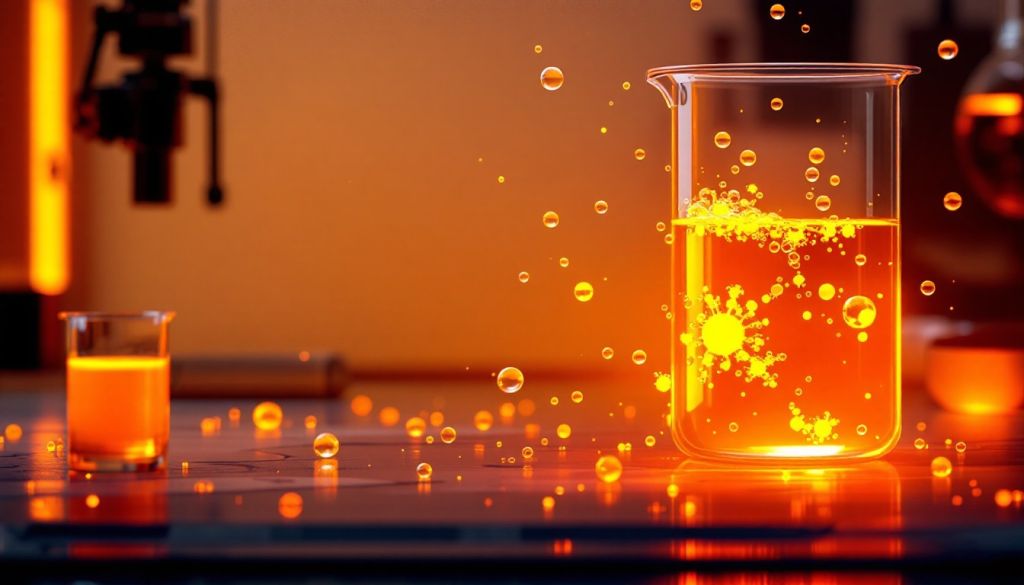 Masteron vs. Testosterone: Which Steroid Poses Greater Risks?
Masteron vs. Testosterone: Which Steroid Poses Greater Risks?
While testosterone is safer for muscle growth, Masteron’s androgenic effects are harsher:
-
Testosterone: Converts to estrogen, causing fluid retention but fewer androgenic sides.
-
Masteron: No estrogen conversion but higher risk of hair loss and virilization.
Bodybuilders often combine both, using testosterone ester mixtures to balance gains and side effects.
Is Drostanolone Enanthate Legal Under the Controlled Substances Act?
Yes. The Controlled Substances Act classifies drostanolone as a Schedule III drug. Possession without a prescription carries legal penalties, though its medical use remains limited to rare cancer cases.
Final Thoughts.
-
Medical Roots: Masteron was originally used to treat breast cancer in women via hormonal blockade.
-
Ester Impact: Enanthate offers longer activity than propionate but requires higher doses.
-
Mechanism: Binds androgen receptors, blocks estrogen, and reduces prolactin.
-
Risks: Virilization, acne, and hair loss are common due to its DHT backbone.
Understanding Masteron’s dual identity as a therapeutic drug and performance enhancer is crucial for evaluating its risks and applications.
Testosterone and HGH: Exploring Benefits, Risks, and Synergy
